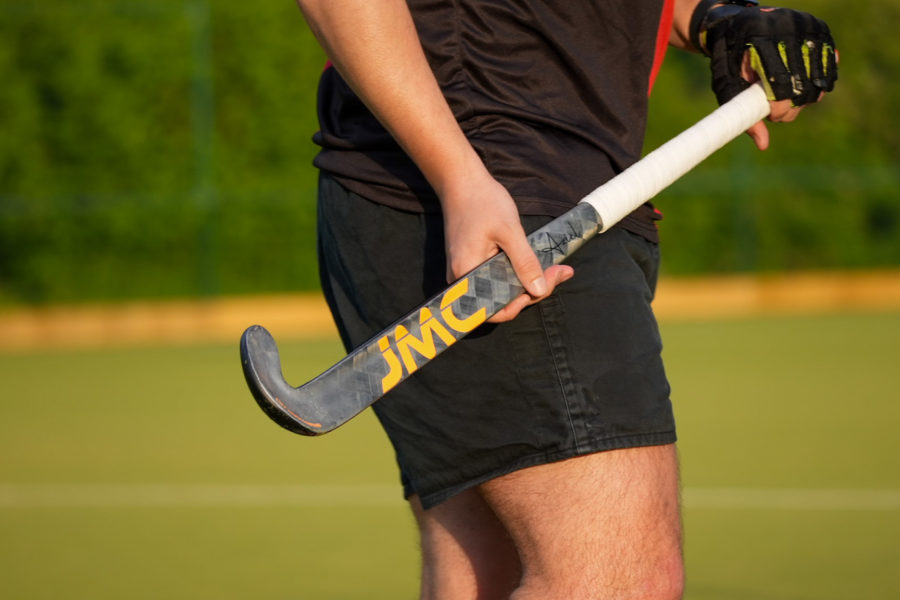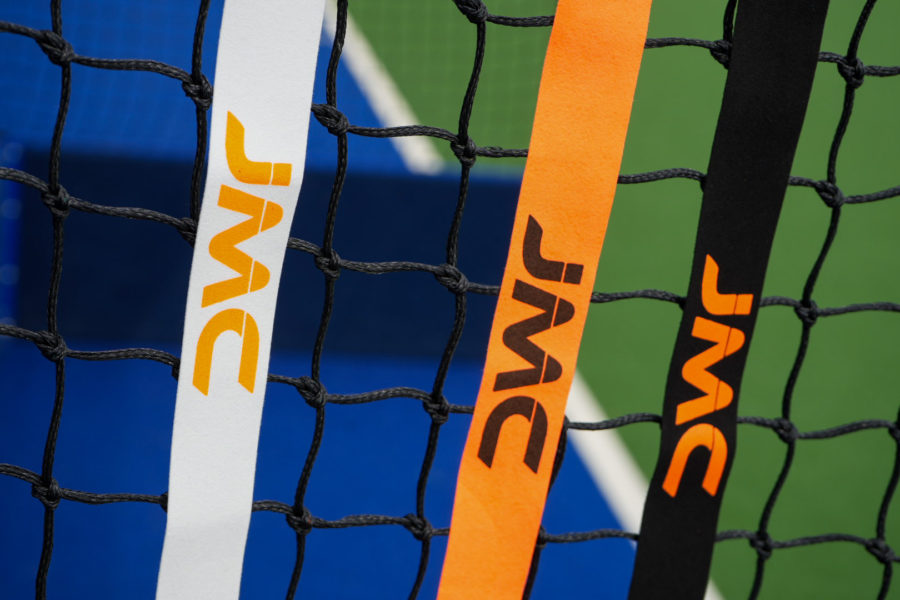Field hockey is a fast-paced and exhilarating sport that requires precision, skill, and the right equipment. When it comes to field hockey, one of the most important pieces of equipment is the hockey stick. Choosing the right field hockey stick can greatly enhance your performance on the field, so it’s crucial to select one that suits your playing style and skill level. In this comprehensive guide, we will delve into the various factors you should consider when selecting a field hockey stick.
Stick Length:
The length of the stick plays a significant role in your control and maneuverability. Ideally, the stick should reach just below your waist when you’re standing in flat shoes. However, players may have different preferences depending on their position and playing style. Attackers often prefer shorter sticks for increased control, while defenders may opt for slightly longer sticks to improve their reach and power.
Stick Weight:
The weight of the stick can affect your swing speed and maneuverability. Lighter sticks are generally favored by players who prioritize speed and agility, as they allow for quick stick movements and rapid skill execution. Conversely, heavier sticks can offer more power and stability for stronger hits and better defensive play. Consider your physical strength and playing style when deciding on the appropriate weight for your stick.
Stick Composition:
Field hockey sticks are available in various materials, each offering unique benefits. The most common materials used are wood, fiberglass, carbon fiber, and composite blends. Wooden sticks provide a traditional feel, good control, and durability but may lack the power and responsiveness of modern materials. Fiberglass sticks offer flexibility and shock absorption, making them ideal for beginners. Carbon fiber sticks are known for their lightweight construction, enhanced power, and responsiveness, making them popular among advanced players. Composite blends combine different materials to offer a balance of power, control, and durability.

Bow Shape:
The bow shape refers to the curve of the stick, and it greatly influences your ball control and skills. Field hockey sticks generally come in three types of bow shapes: Lowbow, Midbow and Regular bow (High bow). Lowbow sticks have a pronounced curve near the head of the stick, facilitating aerial skills and drag flicks. Midbow sticks offer a balance between ball control and power, making them suitable for all-round players. High bow sticks have an extended curve, providing excellent control and manoeuvrability for dribbling and slap hits. It is important to remember that when choosing Bow types that the curve depth is considered too, extreme curves can be as deep as 24.75mm giving the stick different characteristics and allowing for excellent executions of certain skills. However it does take practice to achieve desired results when choosing extreme bows. Consider your playing style and the position you play when selecting the right bow shape for your stick.
Grip:
The grip of a field hockey stick affects your handling and control. Grips typically come in the form of either Polyurethane (PU), Chamois, Traction or Overgrips all of which offer various different feel and comfort depending on the individual preferences and weather conditions. While thicker grips provide more cushioning and are often favoured by players who prefer a softer touch. Thinner grips offer a better feel of the stick and are preferred by players who prioritise precision and responsiveness. Most sticks come fitted with a standard grip allowing for customisation with Overgrips or replacement grips to suit individual preferences. Grips are typically made of rubber or polyurethane and come in different thicknesses. Thicker grips provide more cushioning and are often favored by players who prefer a softer touch. Thinner grips offer a better feel of the stick and are preferred by players who prioritize precision and responsiveness. Some sticks come with a standard grip, while others allow for customization with overgrips or replacement grips to suit individual preferences.
Brand and Price:
While brand and price should not be the sole determining factors, they can provide insights into the quality and durability of the stick. Reputable brands often have a history of producing reliable and high-performing equipment. However, it’s essential to consider your budget and prioritize the features that align with your playing style. Keep in mind that a more expensive stick doesn’t guarantee better performance if it doesn’t suit your needs.

Try Before You Buy:
Whenever possible, try out different sticks before making a purchase. Visit a sporting goods store or borrow sticks from teammates to get a feel for different lengths, weights, and bow shapes. This hands-on experience will help you determine which stick feels most comfortable and suits your playing style.
In conclusion, choosing the right field hockey stick is crucial



